| |
Galeria de Hans Ollermann
Deir el-Medina.
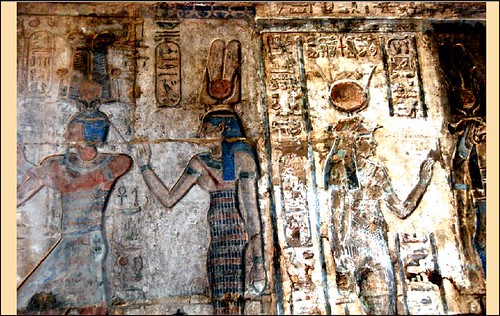
Comentários
Djedhuti  disse:
disse:
Hi, I'm an admin for a group called Strictly Ptolemaic, and we'd love to have this added to the group! Postado 9 meses atrás. ( permalink )
Deir el-Medina Temple 2009
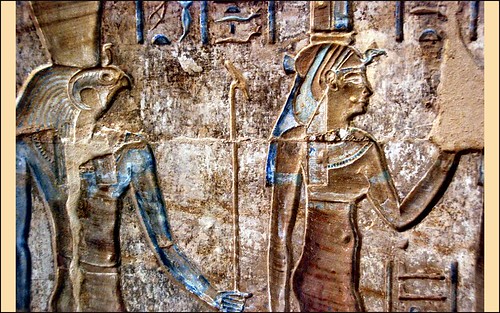
Deir el-Medina Temple 2009
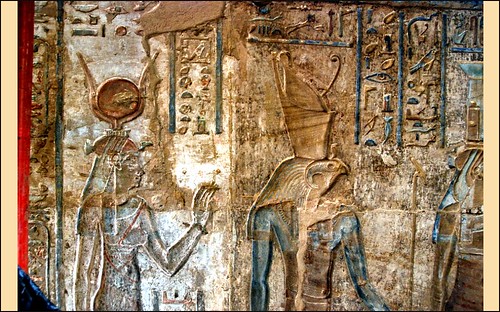
Deir el-Medina Temple 2009
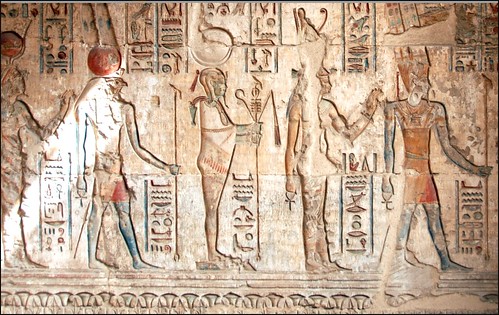
Comentários
Lenka P  disse:
disse:
This scene comes from the pronaos. It is the bottom register - Amun-Re, Mut, Khonsu, Montu, Tjenenyet. The gods receive the worship of Ptolemy VI Philometor. Good light here, even my picture is not too bad. Postado 14 meses atrás. ( permalink )
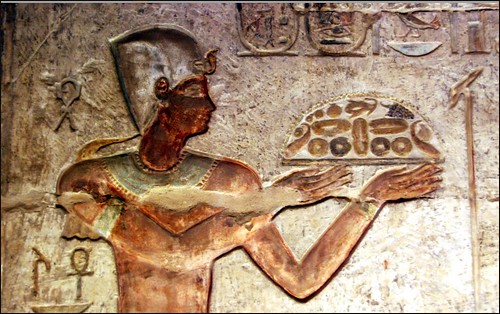
http://news.discovery.com/archaeology/controversy-arises-over-king-tut-findings.html
Aprovecho para desearos a todos un buen fin de semana.
Un abrazo,
Mercedes González
sábado 20 de febrero de 2010
Re: [AE-ES] Museo de Luxor
Mercedes González
Instituto de Estudios Científicos en Momias (IECIM)
Controversy Arises Over King Tut Findings

- Analysis by Rossella Lorenzi | Thu Feb 18, 2010 03:05 PM ET
Dr. Zahi Hawass, the head of Egypt's Supreme Council of Antiquities, unveiled new evidence for King Tut's lineage and cause of death at a packed press conference on Wednesday.
Hawass confirmed the principal conclusions made in a paper published in the Journal of the American Medical Association. He said that Tutankhamun's father was most likely the "heretic" king, Akhenaten, whose body is now almost certainly identified with the mummy from KV 55 in the Valley of the Kings.
King Tut's mother, who still cannot be identified by name, is the "Younger Lady" buried in the tomb of Amenhotep II (KV 35).
The mummy of the "Elder Lady" from the same tomb can now be conclusively identified as Tutankhamun's grandmother, Queen Tiye.
Hawass added that new light was shed on the cause of death for Tutankhamun with the discovery of DNA from the parasite that causes malaria; it is likely that the boy king died from complications resulting from a severe form of this disease.
"We found evidence from DNA that proves he had very severe malaria. He was ill, weak, walked on a cane," Hawass was reported to say.
"When he was 19 and got malaria, he fell….When he fell, and was weak from malaria, he died," he added.
Study author Ashraf Selim, professor of radiology at Cairo University, told Discovery News that malaria could have been indeed the cause of death for King Tut.
"The type of malaria found is what is sometimes refered to as malignant malaria as being the most viscious of all types and certainly might have lead to his death," Selim said.
However, Selim does not rule out some other interacting causes.
"The fracture of his thigh bone might have had complications like septiceamia (blood stream infection ) and fat embolism (fat in the blood reaching the lungs). Both can lead to the death of an individual," the researcher said.
However, some outside mummy experts contacted by Discovery News are sceptical, and question the claim that malaria and bone necrosis might have caused King Tut's demise.
| |
|
Frank Rühli, Head Applied Anatomy and head of the Swiss Mummy Project at the University of Zurich. He participated in the CT scan analysis of Tutankhamun in 2005.
This is a major work in Egyptian mummy studies. It proves the value of modern methods such as CT and molecular testing. Yet, one needs to be cautious in stating any definite medical diagnosis. There is still a range of possible interacting causes for King Tut’s cause of death: bone infection is possible, yet without the internal organs this assessement is always incomplete. The present condition of the mummy will never allow not to medically rule out all possibilities.
| |
|
Stephen Buckley, University of York. His research projects include the Tomb KV35 in the Valley of the Kings.
It is surprising that DNA should survive in these mummies given the very harsh conditions the bodies have been subjected to over the last 3000 years. I’m referring, for example, to the methods of embalming, the relatively high temperatures and oxidising environments. Hopefully, closer independent scrutiny by ancient DNA experts might help explain these very surprising results.
| |
|
Gino Fornaciari , director of palaeopathology at the University of Pisa in Italy.
------------
http://www.facebook.com/inbox/?tid=419036555075#/pages/Instituto-de-Estudios-Cientificos-en-Momias/140490073140?ref=ts
http://www.youtube.com/watch?v=XN-_kiI7aZ4&feature=related
http://www.youtube.com/watch?v=dwnNWvtggdA
##########################################
RSS Feed de Amigos de la Egiptología
http://www.egiptologia.com/index.php?format=feed&TYPE=rss
##########################################
Todo sobre Tutankhamon
http://www.egiptologia.com/todo-sobre-tutankhamon.html
Recomendamos: Arqueología
http://www.arqueologos.org
--------------------------------------------------------------
LISTA DE DISTRIBUCIÓN DE AMIGOS DE LA EGIPTOLOGÍA - AE
Gestión Altas-Bajas y consulta mensajes enviados:
http://www.egiptologia.com/lista-de-distribucion.html
Moderador: Víctor Rivas egiptologia@egiptologia.com
Amigos de la Egiptología: http://www.egiptologia.com
Los mensajes de Amigos de la Egiptología son distribuidos gracias al apoyo y colaboración técnica de RedIRIS Red Académica Española - http://www.rediris.es



